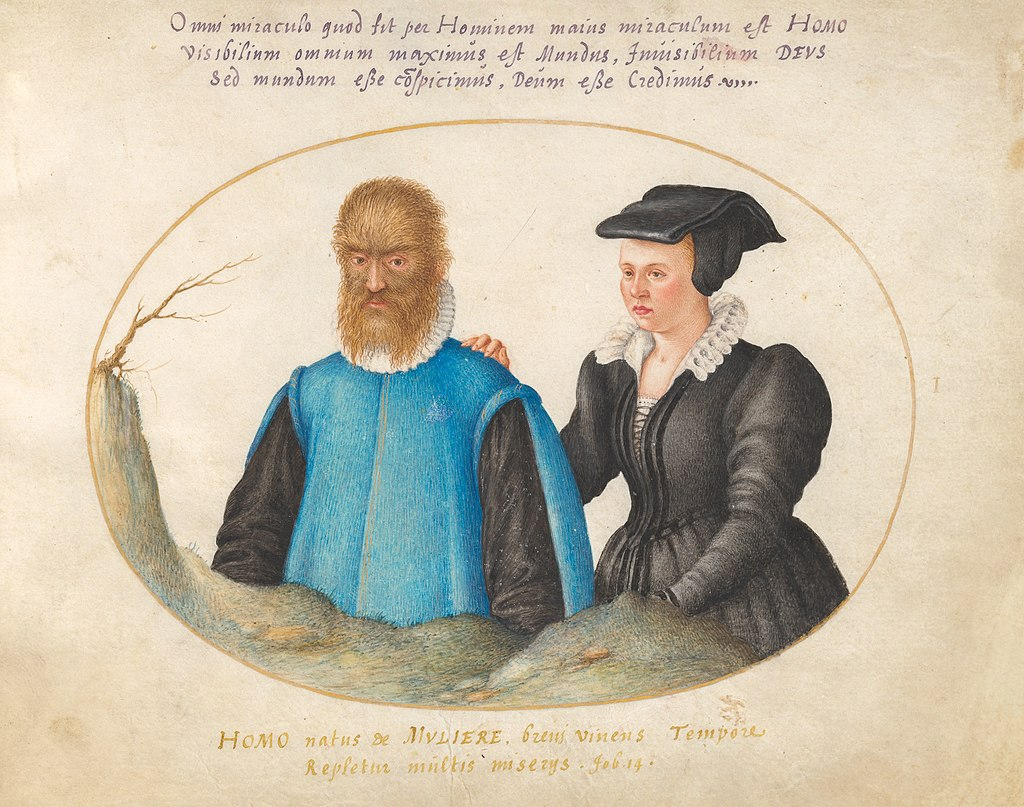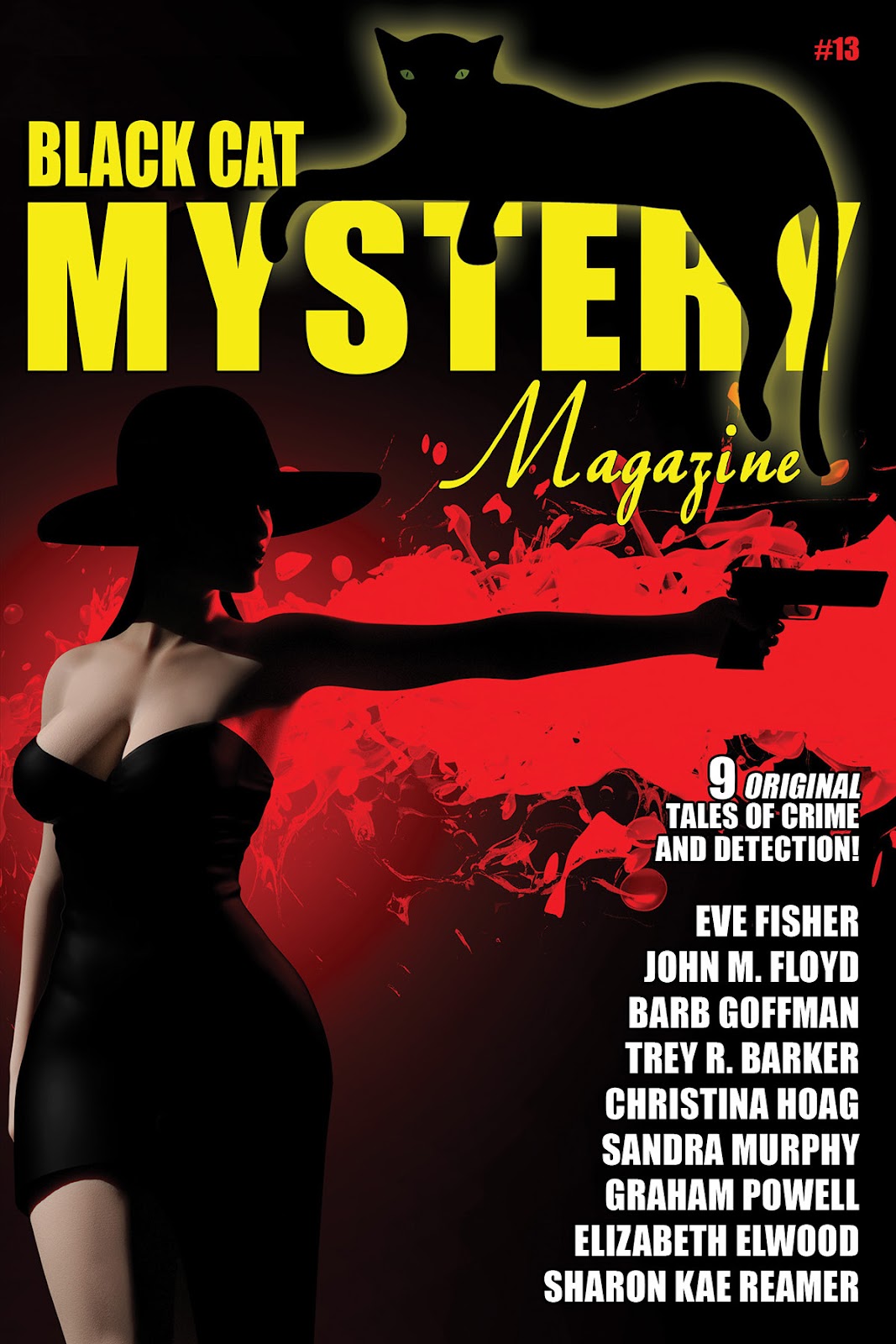Two weeks ago, I did
a column here at SleuthSayers about some of my favorite titles of books, stories and movies, and the comments made by friends and readers on that subject convinced me to follow that post with another discussion of fictional titles. (Are you sorry you commented?)
To me, the most interesting thing about this topic is--and always has been--the way different authors handle the task of titling their work. I've talked to quite a few writers about this, and some say they come up with a title first, before the writing starts; others wait until after the story/novel/etc. is finished; and still others choose a title during the writing process. I do it in all three of these ways, depending on the story, but I most often select a title during or after the writing is done. I just find that to be easier. Which way is best? Who knows. Different strokes.
If I had my druthers, I think I'd come up with the title first. I believe that kind of blank-slate approach might allow you to create a title that's truly special and catchy--and you could then write your story to fit the title. My old writing buddy Josh Pachter almost always does it that way, and even keeps a long list of titles that he likes and intends to use at some point. How's that for planning?
But no matter when a writer chooses a title, the next thing is (obviously) what will the title be?
For me, it's often something that describes the plot in some way, and maybe even a phrase or piece of dialogue I've used in the story. But not always. Sometimes titles are simple, sometimes complex, sometimes mysterious. I usually don't give it serious thought until fairly late in the story, but in the rare cases when the story's finished or almost finished and I'm still having a really hard time coming up with a good title, I do think about it--because I'm forced to. And when that happens, here are some of the hints that I've found to be helpful, over the years.
NOTE: The following examples are all stories of my own (an even dozen of each type).
1. A title can be a play on words.
Murphy's Lawyer, The President's Residence, Driving Miss Lacey, Amos's Last Words, Mill Street Blues, A Shot in the Park, Byrd and Ernie, North by Northeast, Henry's Ford, Bad Times at Big Rock, Wronging Mr. Wright, Gone Goes the Weasel
2. A title can be a person's name or nickname.
Annabelle, Sneaky Pete, Billy the Kid, Lucifer, Frankie, Diamond Jim, Sweet Caroline, The Sandman, The Delta Princess, Robert, Tomboy, Mustang Sally
3. A title can be a place name.
Lookout Mountain, Ship Island, Mythic Heights, Turtle Bay, Blackjack Road, Dentonville, Sand Hill, Silverlake, Land's End, The Rocking R, The Barrens, Rooster Creek
4. A title can have a hidden or double meaning, later revealed.
Smoke Test, A Thousand Words, Calculus 1, War Day, Knights of the Court, The Powder Room, Wheels of Fortune, Run Time, A Gathering of Angels, Melon CollieBaby, True Colors, Weekend Getaway
5. A title can be a possessive.
Molly's Plan, Lindy's Luck, The Deacon's Game, Newton's Law, Lucy's Gold, Nobody's Business, Walker's Hollow, Lily's Story, Hildy's Fortune, The Judge's Wife, Rosie's Choice, The Devil's Right Hand
6. A title can be an "ing" phrase.
Stealing Roscoe, Remembering Tally, Getting Out Alive, Mugging Mrs. Jones, Traveling Light, Burying Oliver, Heading West, Fishing for Clues, Shrinking Violet, Cracking the Code, Dancing in the Moonlight, Saving Mrs. Hapwell
7. A title can be a familiar term or phrase.
Two in the Bush, Just Passing Through, Not One Word, Elevator Music, Eyes in the Sky, Life Is Good, One Less Thing, Flu Season, Deliver Me, Some Assembly Required, Tourist Trap, In the Wee Hours
8. A title can be intentionally unique or different, or have a pleasing "rhythm."
What Luke Pennymore Saw, A Nice Little Place in the Country, The Daisy Nelson Case, The Miller and the Dragon, The Pony Creek Gang, The Starlite Drive-In, Everybody Comes to Lucille's, The Moon and Marcie Wade, The Early Death of Pinto Bishop, Debbie and Bernie and Belle, A Surprise for Digger Wade, On the Road with Mary Jo
9. A title can be the name of an object or some other thing in the story.
The Winslow Tunnel, The Ironwood File, The Willisburg Stage, The Artesian Light, Grandpa's Watch, The Blue Wolf, The Medicine Show, The Wading Pool, Pocket Change, The Tenth Floor, Crow's Nest, The Jericho Train
10. A title can be the name of a group.
The Barlow Boys, The Donovan Gang, The Garden Club, Travelers, Night Watchers, The A Team, Partners, The TV People, Rhonda and Clyde, Matchmakers, Friends and Neighbors, The Bomb Squad
11. A title can be a time, date, or time period.
An Hour at Finley's, The First of October, 200 Days, Break Time, From Ten to Two, Game Day, A Night at the Park, Summer in the City, Last Day at the Jackrabbit, While You Were Out, A Cold Day in Helena, Twenty Minutes in Riverdale
12. A title can be simple, as long as it's appropriate to the story.
Ignition, Teamwork, Sentry, Sightings, Watched, Lightning, Trapped, Mailbox, Layover, Redemption, Proof, Cargo
Switching gears a bit . . . one thing I've always found fascinating is the way some authors use titles as a marketing trademark, to such a degree that readers/fans can sometimes identify the author simply from his/her titles. Here are some of those that come to mind:
Sue Grafton (the alphabet) -- A Is for Alibi, B Is for Burglar, C Is for Corpse, D is for Deadbeat
Janet Evanovich (numbers) -- One for the Money, Two for the Dough, Three to Get Deadly, Four to Score
James Patterson (nursery rhymes) -- Three Blind Mice, Roses are Red, Jack and Jill, Cradle and All
John D. MacDonald (colors) -- The Dreadful Lemon Sky, The Lonely Silver Rain, The Green Ripper, The Empty Copper Sea
Martha Grimes (English pub names) -- The Old Silent, The Dirty Duck, The Anodyne Necklace, Jerusalem Inn
Robert Ludlum (three-word titles) -- The Matarese Circle, The Holcroft Covenant, The Rhinemann Exchange, The Bourne Identity
Erle Stanley Gardner (the case of . . .) -- The Case of the Crooked Candle, The Case of the Hesitant Hostess, The Case of the Perjured Parrot, The Case of the Daring Decoy
John Sandford (the word "prey") -- Rules of Prey, Silent Prey, Winter Prey, Mind Prey, Night Prey
James Michener (single-word titles) -- Hawaii, Chesapeake, Iberia, Space, Poland, Alaska
I realize I'm rambling a bit, but to me titles and title choices are an interesting topic.
Please let me know, in the comments section below: How do you go about choosing a title for your novel or story? Do you have a system that seems to work? Do you feel you're good at picking titles? Is it a task that's hard for you? Easy? When, in the writing process, do you usually select your title? What do you feel are your best titles? And finally: Have you ever considered or written a series of stories or novels having titles that serve to "tie them together," like Liz Zelvin's "Death Will . . ." series? Nosy blog writers want to know . . .
And that's that. Good luck to all, in your writing endeavors.
I'll be back with another post in two weeks. (Hopefully with a cool title.)








































